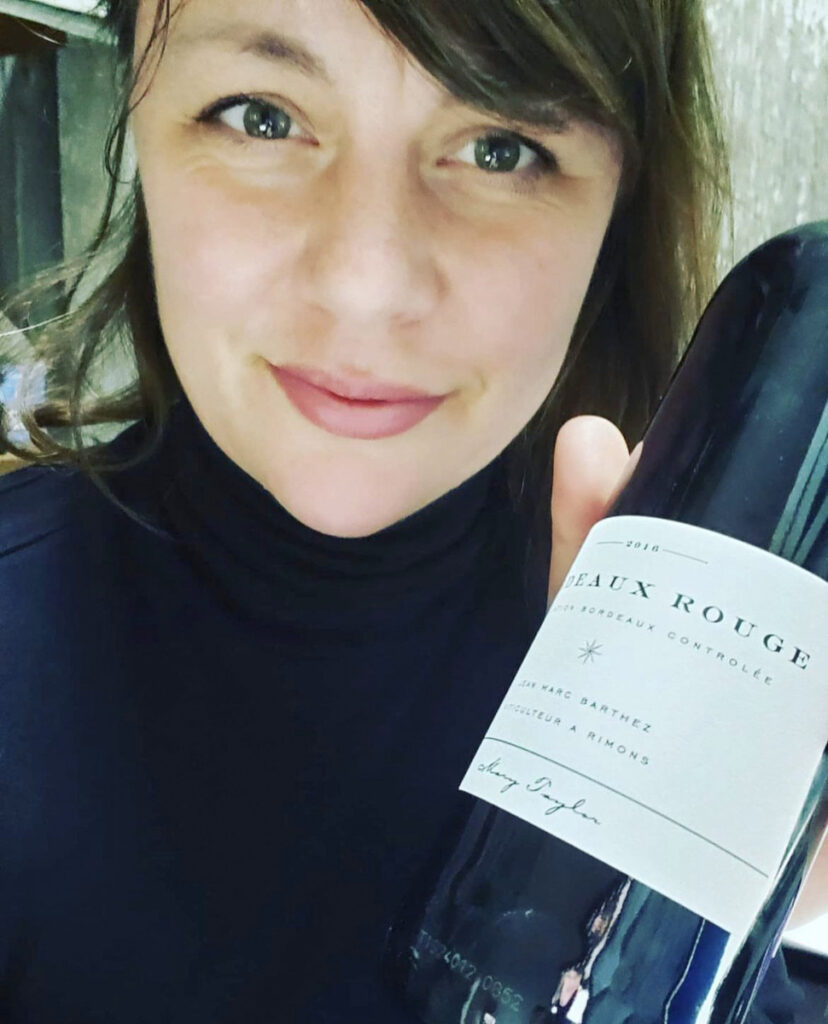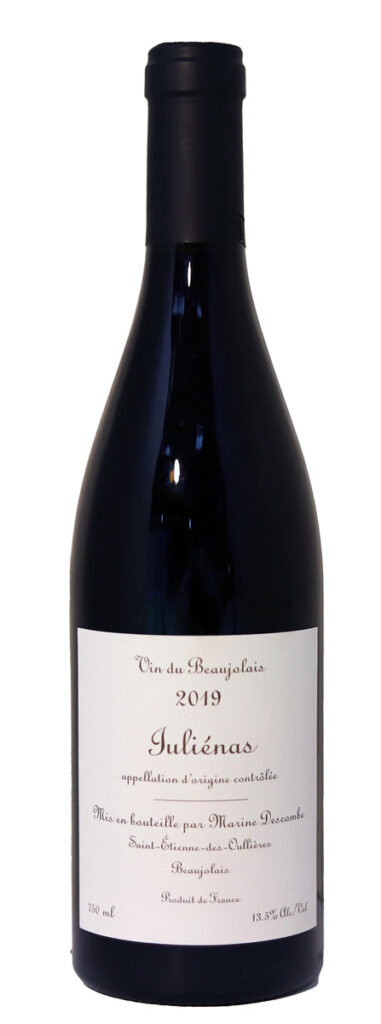Did you know that Chablis from France, a crisp minerally white wine with no oaky or buttery characteristics, is made from the Chardonnay grape? The tart fruit and zippy acidity in a Chablis, named for the region in France where it grows, has very little in common with the flavors in big, lush Chardonnays that come from California, which are usually redolent of tropical fruit. So, if you walk into a wine shop or a restaurant and just ask for a Chardonnay, you could get anything from a ripe, toasty wine to something restrained and subtle, without a hint of oak.
“Americans walk around asking for Chardonnay and Sauvignon Blanc and other grape varietals, whereas Europeans go around asking for Chablis and Sancerre and Bordeaux—places rather than varietals,” says Mary Taylor, founder of Mary Taylor Wines. “Everyone is just confused.”

Taylor is a self-proclaimed devotee of terroir—that ineffable blend of geography, geology, and climate that can make the same grape taste surprisingly different from region to region, and sometimes even from one plot of land to another down the street.
“When we think of wine according merely to the grape varietal, we lose what makes wine so fascinating: its origin,” Taylor explains, adding that wine is not that different from cheese, which is made from one of three milks—goat, cow or sheep—but has nearly endless flavors and textures. “The flavor is heavily dependent on where it comes from: the soil, elevation, microclimate, type of grass, traditional culture, yeast strains, and cheesemaker’s dedication. All of those things also go into the taste of a wine.”
In fact, Taylor developed her interest in geographic distinctions while working as a cheesemonger at the Concord Cheese Shop, learning that the regional rules that apply to crafting famous cheeses like Parmigiano Reggiano in Italy or Gruyere in Switzerland also pertain to crafting European wines. An interest in wine piqued, and her career took her to high-end wine auctions in New York and the wine department at the Boston Harbor Hotel, which has a storied wine program and hosts the Boston Wine & Food Festival annually.
Thinking beyond the grape
Eventually, Taylor realized that her desire to help Americans understand the geography of wine should be her business, and founded Mary Taylor Wines, with the tagline, “Think beyond the grape.” Taylor and her team travel Europe seeking small growers whose wines represent both excellent value and traditional regional flavors, working with individual growers in multiple villages from Bordeaux to Nîmes to Valençay.

“I saw a place that needed attention, and that is one brand, many farms,” Taylor says, adding, “Americans like brands. Let’s meet them where they are.” With that in mind, she developed an umbrella brand to represent all these small growers, brought together with an elegant streamlined label that puts the region front and center, with the varietal nearly an afterthought, and none of the graphical flourishes that Old World wines often display.
“Her label is very clean and classic,” agrees Meredith Maietta, store manager for Beacon Hill Wine & Gourmet in Melrose, which carries about 10 of the brand’s wines. “Where it doesn’t have any picture on it, it stands out.” Of course, the wine inside the bottle is what really attracts attention, and Maietta says many of Beacon’s customers ask for Mary Taylor Wine by name. “The wines are beautiful . . . and great value,” Maietta says.
Good stuff at a good price
That would be music to Taylor’s ears the importer says she started her business to help people “find the good stuff at a good price.” It’s a winning combination that has made Taylor the largest self-made female wine importer in the United States, selling about a million bottles a year. From her distribution headquarters in New Haven, Conn., her wine is now sold in 48 states, as well as Canada, Mexico, the U.K., and Sweden.
“It’s all grassroots,” Taylor says proudly. “We don’t have any investors or family money, and there’s no husband.” Last year, the importer got another accolade—her 2019 Marine Descombe Gamay Juliénas received Wine Enthusiast’s Top 100 Wines Editor Choice award and a score of 91, which is in the range of “Excellent.” At a retail price of around $35 a bottle, the quality-to-value ratio is hard to beat. In fact, the best-selling wine in her portfolio is a Côtes de Gascogne, a savory, briny white wine made from grapes that most people have never heard of (a blend of Colombard, Ugni Blanc, and Gros Manseng), that retails for $14.99.
Massachusetts is Mary Taylor Wine’s second-biggest market after New York, and Taylor says that the North Shore is a big supporter of her brand. In addition to Beacon Hill Wine, shoppers can find it at Leary’s Fine Wines in Newburyport, Lucille Wine Shop & Tasting Room in Lynn, and The Cheese Shop of Salem, among other spots. Maietta thinks that enthusiasm is partly because area shoppers are pretty sophisticated in terms of understanding wine regions.
Even if you don’t know a Bordeaux Blanc from a Côtes de Gascogne, Taylor says following her geography-forward approach might just turn into an enjoyable pastime. “If you take time to hone your palate and learn about the geography of wine, those places start to come alive, and you might even be able to identify a wine in a blind tasting,” she says. “What a fun way to exercise your olfactory muscle!”

